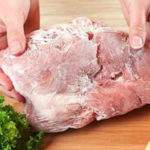Don’t Add Cold Water to the Pot When Boiling Meat
Adding cold water to a pot of meat that is being boiled at a high temperature can cause the fat and protein in the meat to precipitate immediately, causing the meat to contract and toughen. This will result in a loss of nutrients and a decrease in flavor and tenderness.
Similarly, adding salt to the pot while the meat is boiling can cause the NaCl in the salt to interact with the protein in the meat, leading to rapid coagulation and toughening of the meat.
To avoid these issues, it is recommended to estimate the amount of water needed before boiling and to add enough water and salt to the pot before bringing it to a boil. Then, add the meat and continue boiling.
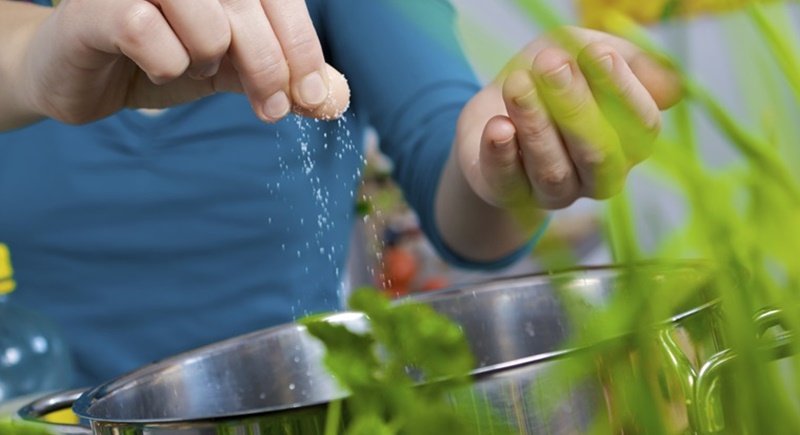
Don’t Poke Meat with Chopsticks to Check Doneness
Poking meat with chopsticks while boiling may seem like a harmless action, but it can actually cause a loss of nutrients. The juices containing valuable nutrients will spill out and dissolve into the water, resulting in a reduction of both nutrition and flavor.
Instead, estimate the cooking time based on the size of the meat, the amount of water, and the heat level. With practice, you’ll be able to boil meat to perfection without the need for testing with chopsticks.
Don’t Store Meat in the Chiller for Extended Periods
According to the United States Department of Agriculture, fresh meat and seafood should only be stored in the chiller for up to 2 days to maintain their nutritional value and texture. After this period, the meat may become tough and lose its appeal.
For cooked meat, the recommended storage time in the chiller is up to 5 days. However, to ensure the meat remains fresh, flavorful, and nutrient-rich, it is advisable to purchase only the amount needed for a single meal.
If you have excess meat, it is better to package it properly and store it in the freezer rather than the chiller.
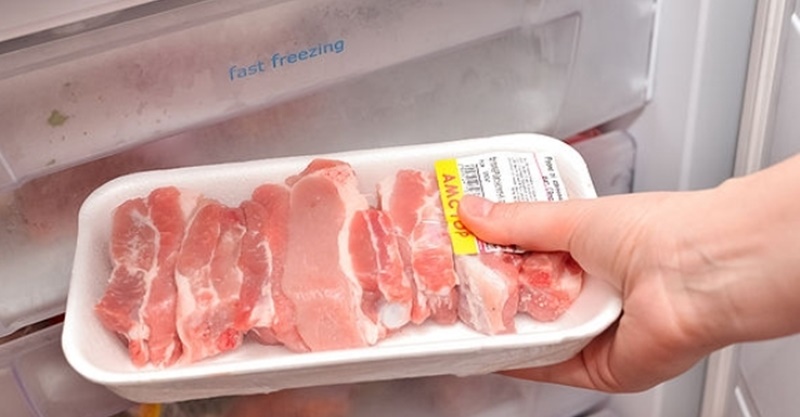
Don’t Cut Meat Immediately After Cooking
Allow the meat to cool down and rest for about 30 minutes after cooking before cutting into it. This gives the meat juices time to redistribute and ensures a more flavorful and tender piece of meat.
Don’t Use the Same Cutting Board for Raw and Cooked Meat
Raw meat can leave bacteria on any surface it touches, including cutting boards. Using the same cutting board for raw and cooked meat can transfer bacteria from the raw meat to the cooked meat. To prevent this, always use separate cutting boards for raw and cooked meat.
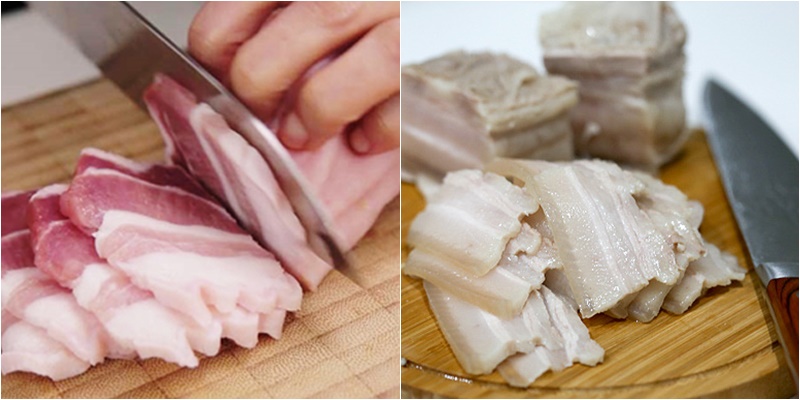
Don’t Defrost Meat Improperly
Improper thawing methods include soaking meat in cold water for extended periods (over 3 hours), using hot water, or placing it near a high heat source. These methods can promote bacterial growth and cause the meat to spoil.
The recommended way to defrost meat is to submerge it in cold water with a small amount of salt or crushed ginger for 2-3 hours. This will help tenderize and freshen the meat. Alternatively, you can move the meat from the freezer to the chiller and let it thaw overnight.
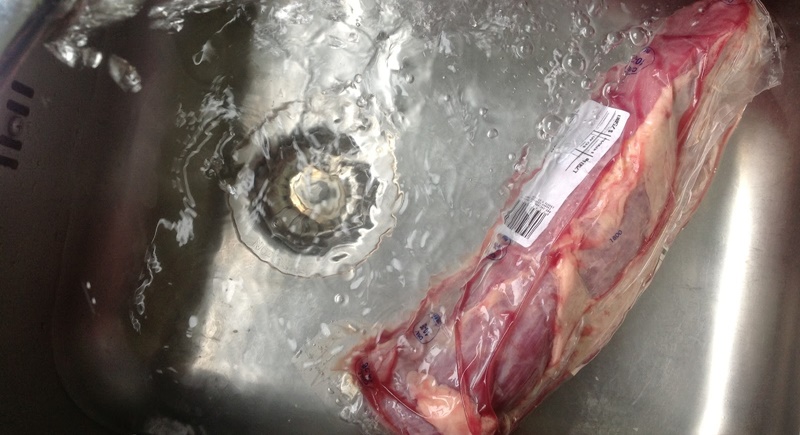
For more information on meat preparation, be sure to consult reliable sources and adjust your cooking methods accordingly. Share your own tips for handling and cooking meat by leaving a comment below.
Source: suckhoedoisong.vn
Methods for Thawing Meat Quickly Without Compromising Taste
 Meat Quickly Without Compromising Taste’>
Meat Quickly Without Compromising Taste’>Do you want your meat to be perfectly thawed without sacrificing the taste or nutritional value? This article has the answer to your dilemma – learn the best techniques to thaw your meat quickly and safely.
Tips for Keeping Food Fresh and Edible for Kids
Many parents struggle to find the best way to store food for their children, especially to keep its flavor and nutritional value intact. To address this issue, savvy housewives have started to prepare and cook larger meals to save time and keep the same high quality of food. However, preserving these meals properly is essential to maximizing their health benefits.


























